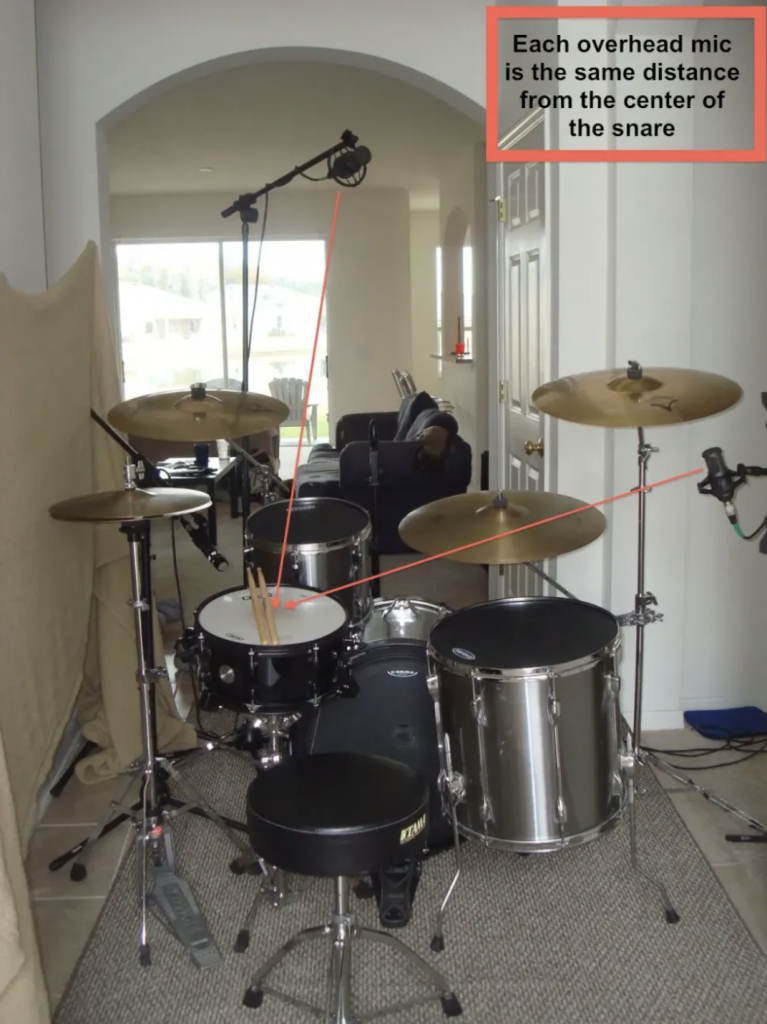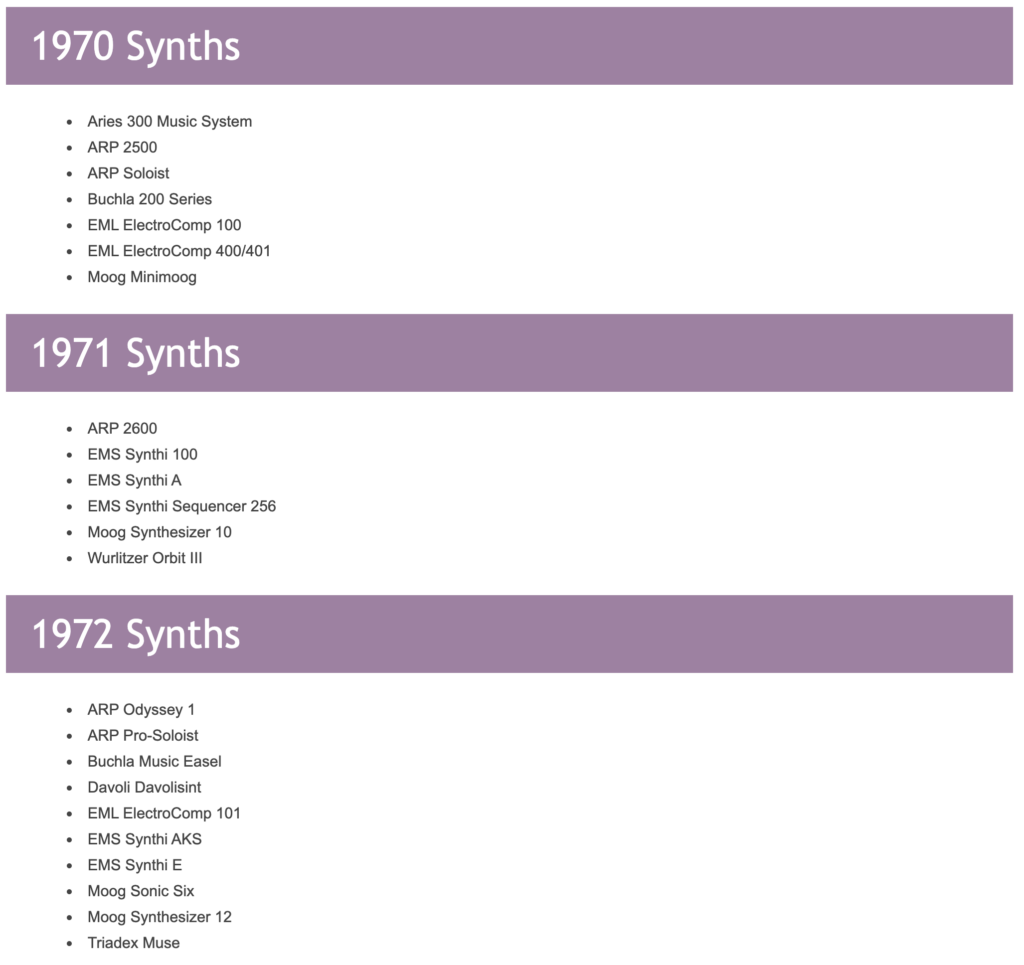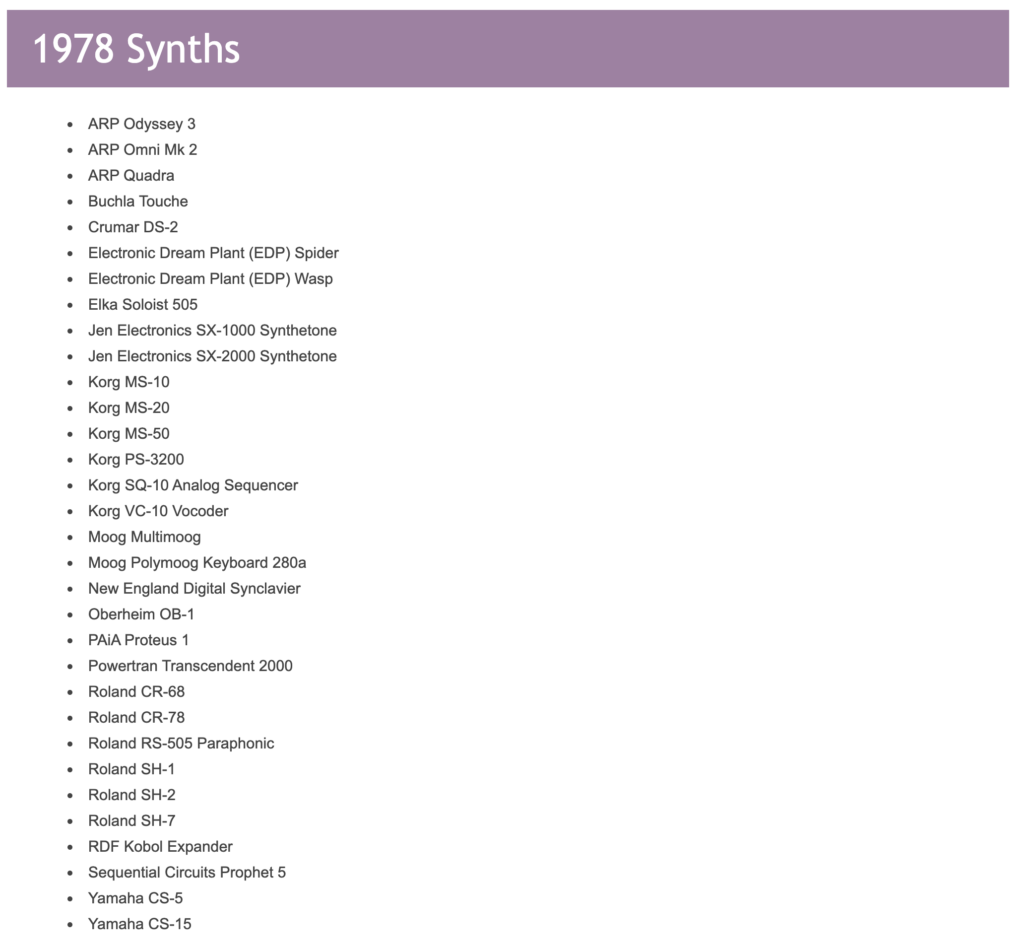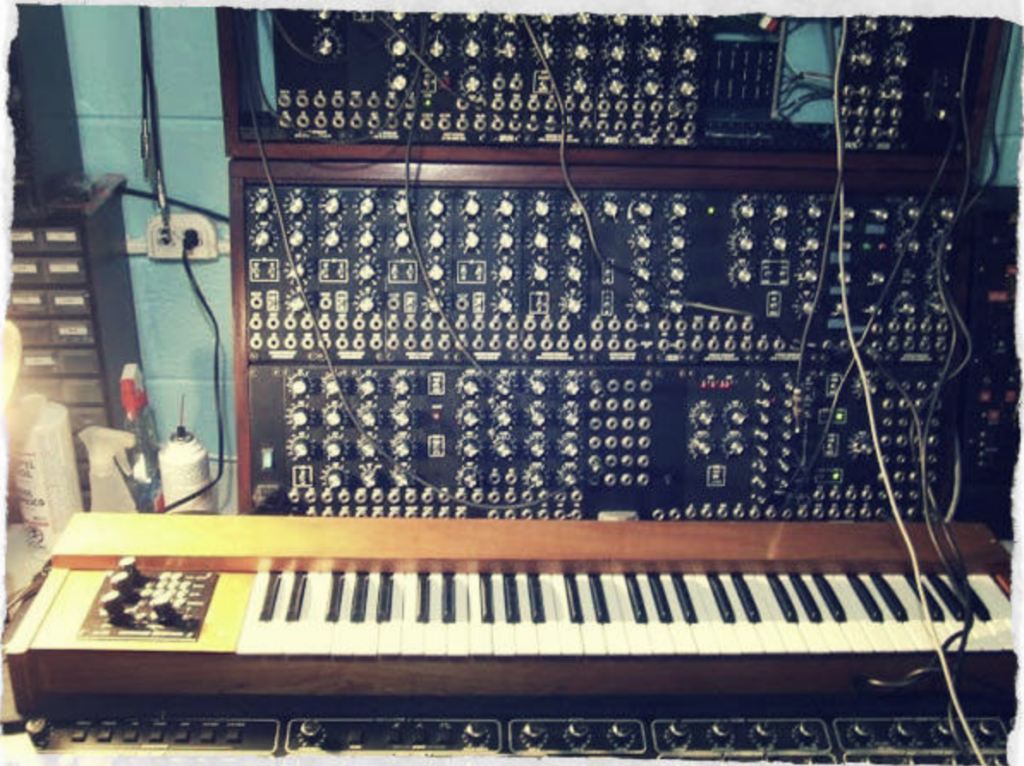- Researching funk and electronic music –
The grandfather of funk was the musician James Brown, he created what was pretty much the DNA for the whole genre itself. funk derives from African-American communities in the 1960s when musicians created rhythmic, danceable new form of music through a mixture of soul, jazz and rhythm and blues.
- This is one example of funk by James brown
From James Brown ,one of the earliest bands to adopt the new form of music in the 70′ was an American band called ‘The Meters”. Their music was usually characterised by the use of grooving electric guitar riffs, quick bass lines, driving drum rhythms, and usually accompanied by many organ solos which was later mimicked by other bands.
the base idea for funk is usually all groove based, it’s often slow, and has a prominent driving rhythm.
some examples of more electronic funk songs are –
This track perfectly shows the kind of guitar I would like.
I’ve given an example of these songs because it shows a good idea of the kind of track I would like to produce. As well, listening to such tracks will hopefully give me more ideas.
Drums –
These are the two drum grooves I have chosen.
- The funky drummer beat from James Brown, performed by drummer Clyde Stubblefield
- and the Amen break from “The Winston’s” created by Gregory C. Coleman
Both of these groove in their own write are amongst some of the most famous grooves ever. The Amen break has been sampled over 4000 times since its original release in 1969, and has been used by artists such as David Bowie, N.W.A, The prodigy and Amy Winehouse.
These type of funk breaks can be used in any type of genre, used by the likes of The prodigy (one of my favourites) of which are primarily EDM. This was my main inspiration, to try and incorporate rhythmic punchy grooves, as well as add electronic effects to a track using one or both of these grooves by playing, recording and sampling them myself.
Here are some other drum fills and grooves I want to try out –
Whether or not I’m going to include more grooves or include fills, watching these videos gives me some what inspiration for any new type of groove I would like to incorporate.
- Recording Techniques / Instrumentation –

Recording the drums – the Glyn Johns microphone technique –
This will be the recording technique I’ll be trying to use to record the drums. This way of recording will give the drums a really balanced, clear, and punchy stereo recording when panned. This technique was used in bands such as Led Zepplin, The Rolling stones, and The Who.
I know this technique is primarily for rock drumming , but the idea was to try something new.
–
–
Other instruments I’ll have to think about recording is a trumpet, bass, guitar and keyboard.
- Trumpet –
For micing up the trumpet, I’ve read an article on the best microphones and positioning to record.
“Generally, condenser microphones capture a highly detailed sound. These mics are a no-brainer if you’re looking for a clear and open sound”
“The brightest sound comes from the center of the bell. To get that bright, brassy sound heard on so many outstanding records, place your microphone about 12 to 16 inches away from the bell and slightly off-axis. From there, point the capsule at the middle of the bell and let the player go to town. Make sure you use a pop filter to protect your mic of choice from blasts of air. The mic will get a much more direct and present sound with less room.”
https://www.sweetwater.com/insync/how-to-mic-a-trumpet/
- Bass and guitar –
For the the bass and guitar, I think I will opt to choose DI (Directly Inject) both instruments to avoid anything such as spill, to get a more clear and uninterrupted sound. This will also allow for very easy use of effects on DAWS, and for the guitar john has suggested to use 9th chords for a funkier sound.
When it comes to mixing the instruments, especially for the bass, due to the style of which I want it played (Slap Bass), I’ll have to watch out and use a compressor. While researching, I’ve found out that in this style of bass, there are occasional very loud notes, so a fast attack, and decay, is not going to be a good idea while recording. This is because the initial transients will be lost, and the compressor will struggle with the complex waveforms of bass signals.
- Keyboard – For recording any keyboard parts, I’m just simply going to use midi. since I’m no pianist, using midi will allow me to get the parts as best as I can with no mistakes. Again, while talking to john, he’s recommended to use the key of e flat minor, and suggested a Hammond organ sound

Electronic research –
Music produced solely from electronic generators was first produced in Germany in 1953. Electronic music was also created in Japan and the United States beginning in the 1950s and Algorithmic composition with computers was first demonstrated in the same decade. In the 1970s, electronic music began having a significant influence on popular music. Genres such as krautrock, disco, new wave and synthpop emerged. They adopted polyphonic synthesizers, electronic drums and drum machines. In the 1980s, electronic music became more dominant in popular music. Bands such as Kraftwerk were among the earliest most successful acts in the genre, formed in 1969 they’ve been considered innovators and pioneers of the electronic music.
And here’s a list of what electronic music became.
Electronic Music Genres
- Bass music
- Disco
- Drum and Bass
- Dubstep
- EDM
- Jungle
- Hardcore
- House
- Techno
- Trance
In more recent times genres such as EDM and drum and bass cover most of the basis for electronic music nowadays , with acts such as David Guetta, Calvin Harris and Martin Garrix on the podium. Where as I like artists, such as four Tet, aphex twin and the prodigy.
I feel almost everything I do during production goes down the road of electronic music , and since changing direction of the track, I’ve chosen to research more into how electronic music is made. and since the prodigy is one of my favourites, I decided to see how there tracks were produced. In my research I’ve actually found that a lot of there tracks and grooves have derived from funk as a lot of there sample have come from old funk albums. Here’s a video of how they created “smack my bitch up” ,which demonstrates how they’ve used funk.
Although I’m not using any samples, you can now have an idea of what I’ve eventually ended up going for, I’ve used funk instrumentation but created a different sound using effects.
Synth Research –
When were the first synths created ? – The first synthesizer that was capable of artificially creating sound, was created in 1952 by two men by the names of Harry Olson and Herbert Belar.
What is a synthesizer ? – a synthesizer in a nutshell compared to a keyboard is that they allow the ability for musicians to create there own sound, apposed to playing sampled sounds on a keyboard.
The synthesizer was popularised in the 1970s , this was largely considered to be the “golden age” where they were used by the likes of Gary Numen, The Buggles, The Human League and Ultravox
Here’s an example of a synthesizer in action.
The kinds of synthesizers that were used back in the 70’s and 80’s were a vast array.
There’s also many more than these given examples.



Here’s an idea of what a “golden era” synth looked like.
Since the initial popularity of the synthesizer , the most common synth used today is the additive synth, these use sound waves as building blocks stacked on top of each other to create a sound, these synths are used is genres such as EDM, techno and house music. As well as this type of synth being used , today one of the largely used applications of a synthesizer is to replace the human voice (vocoder). The concept is that a basic circuit generates a tone, and that tone can then be controlled by some sort of input, human or otherwise. A good example of this is Bruno Marses 24k magic, where the beginning of the song is his voice, but altered to create a more electronic sound.
The reason for my research into this , is that I have began to incorporate different types of synthesizers within my track, so a basic understanding to what they are and do is helpful.
Since one of my inspirations is the prodigy, I’ve decided to see what equipment Liam Howlett uses when he composes the prodigy’s tracks, since the list is so extensive I’ve added a link to what he uses here
https://theprodigy.info/equipment/ (the prodigy.info, 2022)
As well I’m using Ableton , which gives me access to operator, waveform, and analogue synths. This makes it so I can create an array of different synth sounds. In total, my track has 5 synthesizers, 7 if you include the bass, so at this point in time its very synth heavy, which has lead me to understand them more, and learn how to use them more effectively.
Mastering –
now that I’m onto mastering, I’ve decided to research some articles and videos on the matter
What is the point in mastering a track ? – Mastering is one of the most important steps in the production process, as it ensures that your music will sound its best on different streaming platforms, media formats and devices.
https://www.izotope.com/en/learn/10-tips-for-mastering-if-you-are-not-a-mastering-engineer.html (izotope, 2022)
bibliography –
Brown, J., 2022. [online] Youtube.com. Available at: <https://www.youtube.com/watch?v=1_uNMy20qAI> [Accessed 24 May 2022].
official, c., 2022. [online] Youtube.com. Available at: <https://www.youtube.com/watch?v=oS9g6ay0Vhw&t=4s> [Accessed 24 May 2022].
M1, 2022. [online] Youtube.com. Available at: <https://www.youtube.com/watch?v=yMzugVHKaNA> [Accessed 24 May 2022].
blimeyspod, 2022. [online] Youtube.com. Available at: <https://www.youtube.com/watch?v=GACNpJfzyjs&t=344s> [Accessed 24 May 2022].
Dr dutch, 2022. [online] Youtube.com. Available at: <https://www.youtube.com/watch?v=rvCZ-HmXtCc&t=340s> [Accessed 24 May 2022].
Randall, J., 2022. [online] Youtube.com. Available at: <https://www.youtube.com/watch?v=B-NRez5Dpgw> [Accessed 24 May 2022].
Randall, J., 2022. [online] Youtube.com. Available at: <https://www.youtube.com/watch?v=y8z3hBD4n5s> [Accessed 24 May 2022].
Pavloff, J., 2022. [online] Youtube.com. Available at: <https://www.youtube.com/watch?v=eU5Dn-WaElI> [Accessed 24 May 2022].
izotope, 2022. 10 Tips for Mastering if You’re Not a Mastering Engineer. [online] iZotope. Available at: <https://www.izotope.com/en/learn/10-tips-for-mastering-if-you-are-not-a-mastering-engineer.html> [Accessed 24 May 2022].
Numan, G., 2022. [online] Youtube.com. Available at: <https://www.youtube.com/watch?v=Im3JzxlatUs> [Accessed 24 May 2022].
Mars, B., 2022. [online] Youtube.com. Available at: <https://www.youtube.com/watch?v=UqyT8IEBkvY> [Accessed 24 May 2022].
the prodigy.info, 2022. The Prodigy’s & Liam Howlett’s live and studio equipment list – The Prodigy. [online] Theprodigy.info. Available at: <https://theprodigy.info/equipment/> [Accessed 24 May 2022].
recordingrevolution, 2022. [online] Youtube.com. Available at: <https://www.youtube.com/watch?v=m0Jx2h-lQkA> [Accessed 24 May 2022].
InspirAspir, 2022. [online] Youtube.com. Available at: <https://www.youtube.com/watch?v=Z6dCTC4AQfg> [Accessed 24 May 2022].